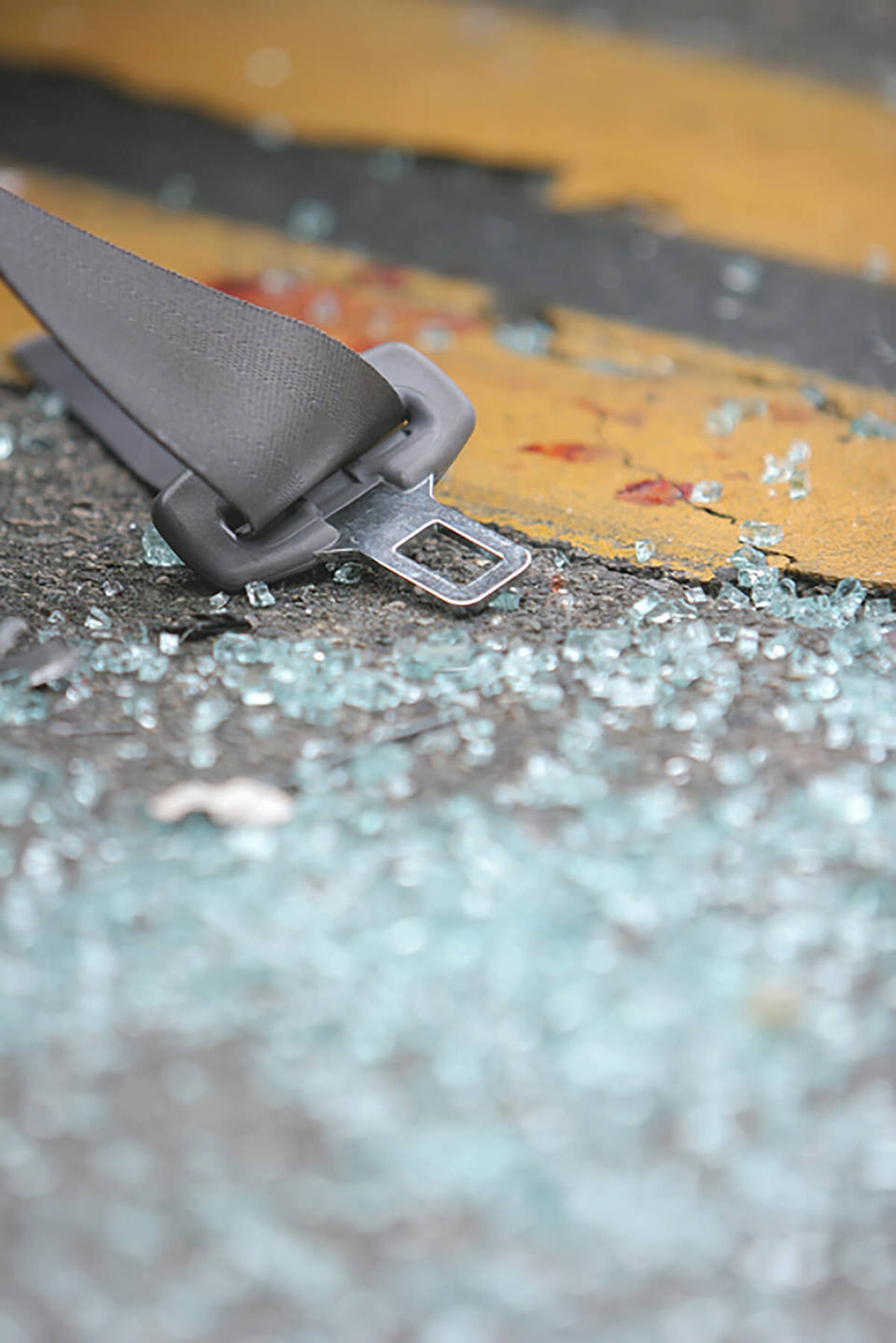Companies were told to step up their battle to cut crashes this week after official figures revealed more than 30,000 cars were involved in at-work accidents last year, a figure almost unchanged in the past 12 months.
Newly-released information from the Department for Transport revealed at least one in 12 cars involved in accidents were at-work at the time, although there may be thousands more ‘hidden’ crashes.
Currently, 77% of cars in crashes which require police involvement have their journey purpose marked as ‘other’ or ‘unclassified’.
Road safety charity Brake said the figures showed police needed to be better trained to properly record the figures to show the true scale of work-related accidents.
The statistics were revealed in Road Casualty Statistics Great Britain: 2007 Annual Report.
It showed that 30,567 cars were involved in at-work crashes last year, 12% of the total of 255,891 cars that had an accident where police assistance was required.
A further 24,609, or 10%, crashed while commuting to or from work.
The figures represent a slight reduction on 2006, when there were 31,428 cars involved in at-work crashes, but this is still far above 2005, the year figures were first published, when 28,397 vehicles crashed while at work.
A total of 8,670 goods vehicles were involved in at-work crashes last year, 51% of total LCV crashes, while 2,199 motorcycles crashed on business and 1,377 pedal cycles.
Both motorcycles and pedal cycles have shown rising trends in crashes for business and commuting for the past three years.
Overall, 18% of vehicles involved in crashes were at work and a further 9% were commuting, meaning more than a quarter of crashes are work-related in some way, even based on incomplete data.
The ‘journey purpose’ figures are buried beneath headline road casualty figures that reveal 247,780 people were killed or injured in road crashes last year, 4% fewer than in 2006.
A total of 217,060 people were slightly injured in road crashes last year (down 4%), 27,774 people were seriously injured (down 3%) and 2,946 people killed (down 7%).
Adrian Walsh, director of safety campaign group RoadSafe, said: “The fact that fewer people were killed and injured on Britain’s roads last year compared to 2006 is to be welcomed.
“However, analyse the data in detail and the number of vehicles on business journeys or commutes to and from work remains alarmingly high.”
In a bid to reduce the 200 road deaths and serious injuries a week resulting from crashes involving at-work drivers, RoadSafe is leading the Government backed Driving for Better Business programme, to share risk management best practice within the fleet industry.
Mr Walsh said: “It is imperative that more companies focus on implementing comprehensive occupational road risk management strategies to safeguard the welfare of their employees and prevent potential legal action against the business that could be hugely damaging both financially and in terms of publicity.
“Road crashes have a severe impact on business efficiency.
"They are not only extremely costly in pure financial terms, but the knock-on effect in terms of meetings being cancelled, appointments and deliveries being late and staff being off work is significant.”
The Department for Transport’s ‘Road Casualty Statistics Great Britain: 2007 Annual Report’ can be accessed at: www.dft.gov.uk/pgr/statistics/datatablespublications/accidents/casualtiesgbar/
















Login to comment
Comments
No comments have been made yet.